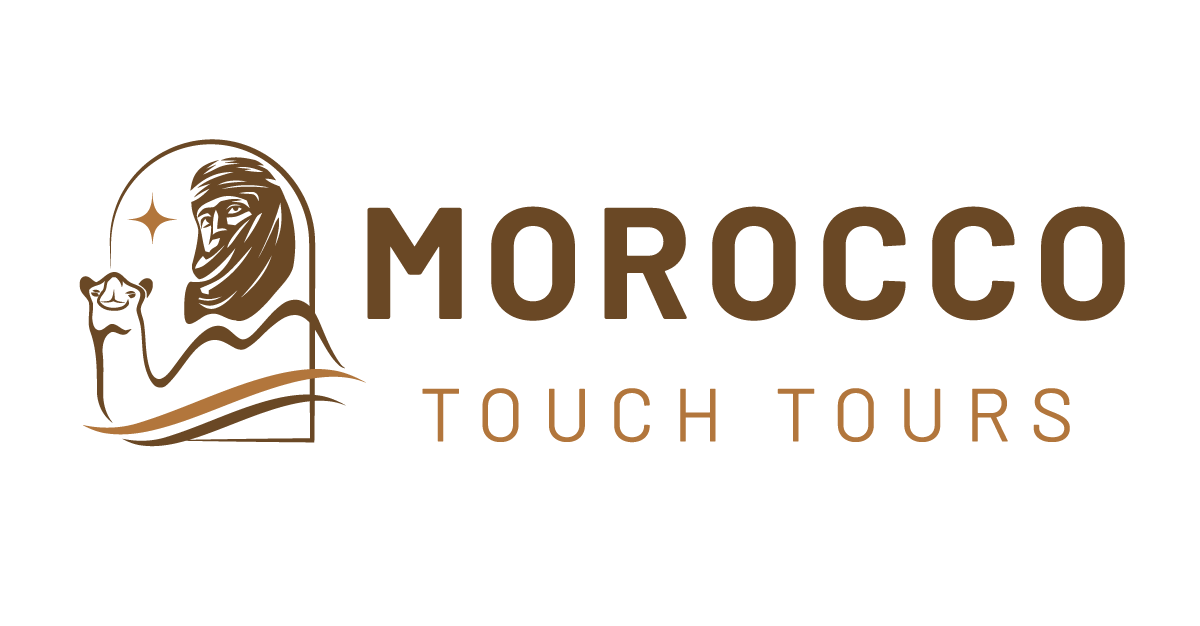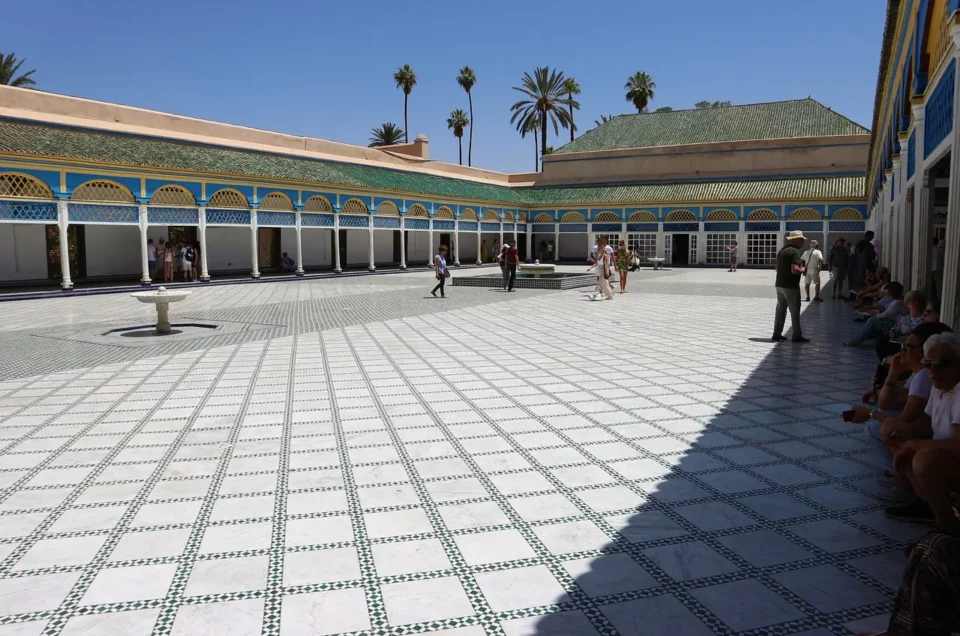Discover the Bahia Palace, a 19th-century architectural masterpiece located in the heart of Marrakech’s ancient Medina. With over 600,000 visitors each year, this historical monument is the most visited in Morocco. This guide aims to provide you with an in-depth look into the palace’s history, architecture, and the unique experiences it offers to tourists.
A Glimpse into the Past: The Legacy of the Viziers

Built over a sprawling area of 2 hectares, along with an additional 6 hectares of vegetable gardens known as Agdal, the Bahia Palace is a testament to Moroccan architectural grandeur. The palace was initially constructed by Sidi Moussa, a powerful Chamberlain and later Grand Vizier to Sultan Hassan I. The materials used in the construction were nothing short of luxurious, including marble, earthenware, and cedar wood, crafted by the finest artisans of the time.
The Reign of Ahmed ben Moussa
Ahmed ben Moussa, son of Sidi Moussa, took over as the Grand Vizier in 1894. Under his rule, the palace underwent significant expansions, including the addition of 160 intricately designed rooms, a mosque, a Koranic school, and Islamic gardens.
Architectural Splendor: The Palace’s Oriental Beauty
The Bahia Palace is a marvel of Moroccan design, featuring stunning zelliges (tilework), carved plaster, and intricate woodwork. The palace is divided into several sections accessible to the public, including the small and large Riads, and various courtyards.
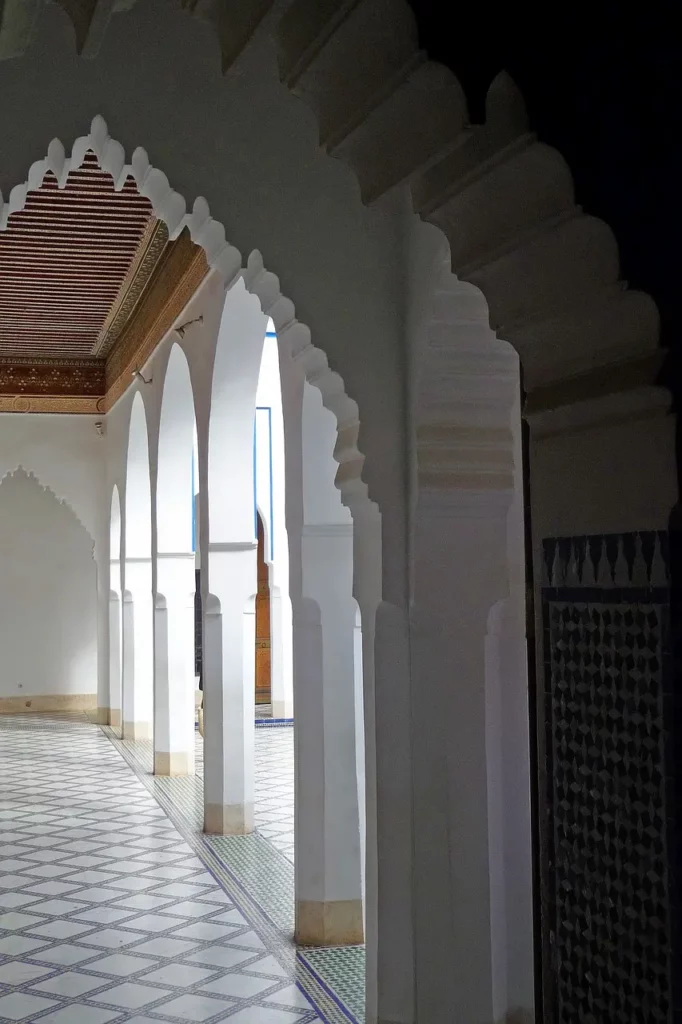
The Grand Riad
The oldest part of the palace, the Grand Riad, features a vast interior garden and two large rooms adorned with Moroccan earthenware and painted plasters.
The Grand Courtyard
Once a harem for Ahmed ben Moussa’s 24 concubines, the Grand Courtyard is now the largest courtyard in the palace, extending over an area of 1,500m2.
Tips for Tourists: Making the Most of Your Visit
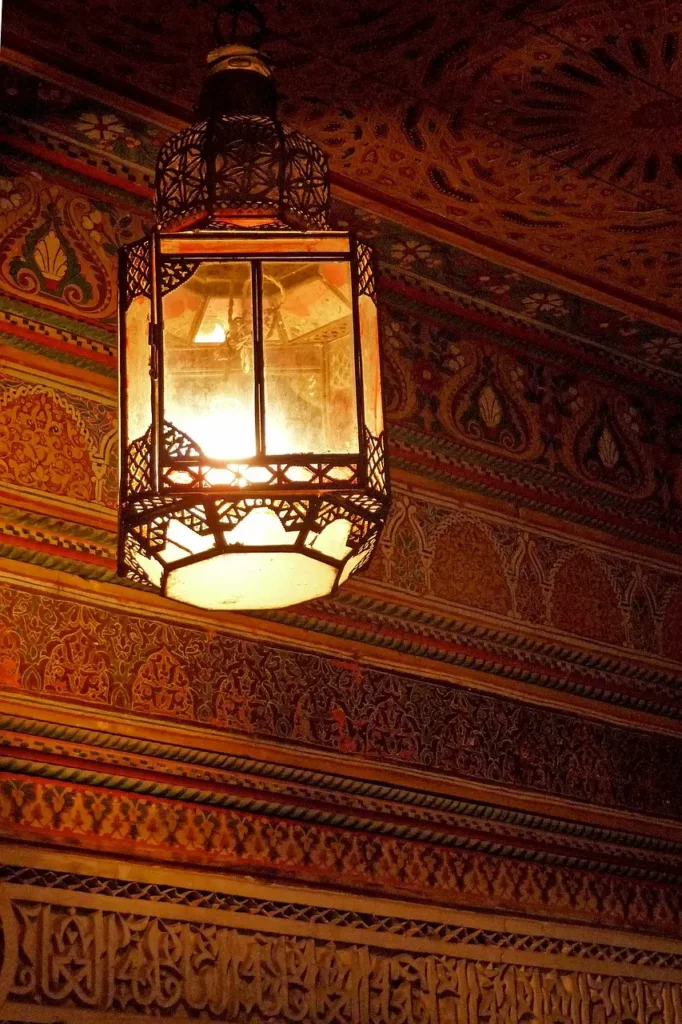
Best Time to Visit
To avoid the crowds, consider visiting early in the morning or late in the afternoon.
Tickets and Timing
The palace is open every day from 9:00 AM to 6:00 PM. The entry fee is 70 Dirhams for international tourists and 20 Dirhams for locals.
Nearby Attractions
Don’t miss the opportunity to visit other historical sites nearby, such as the Badii Palace and the Agdal Gardens.
The Bahia Palace Today
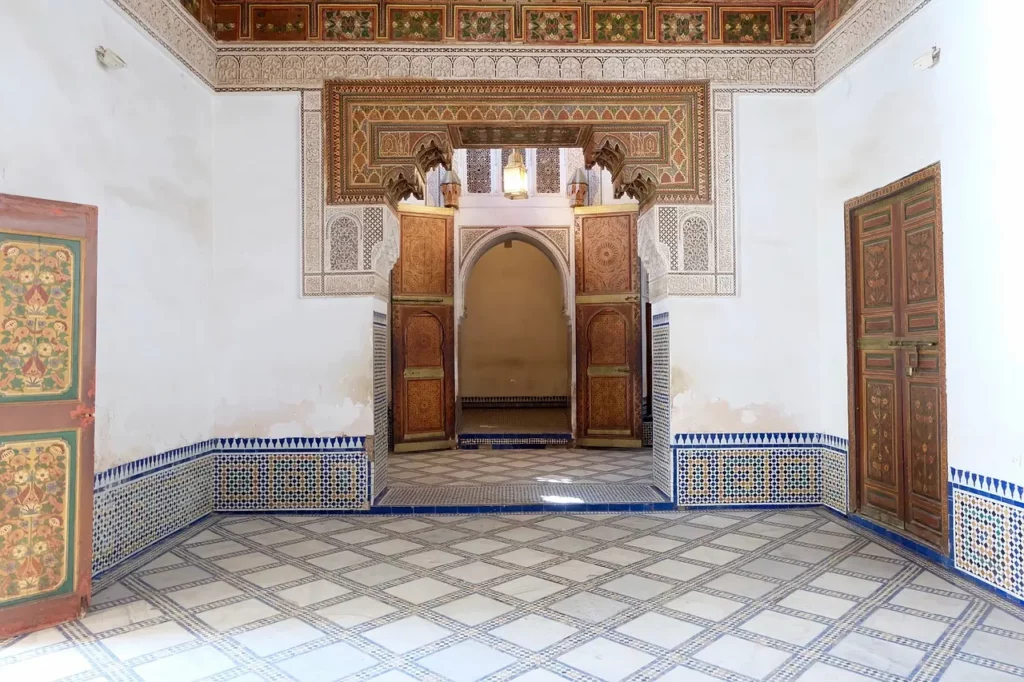
Currently managed by the Moroccan Ministry of Culture, the Bahia Palace also hosts art exhibitions and music concerts. It is undergoing major renovations to meet international museum standards.
The Bahia Palace is not just a historical monument; it’s a journey through time that offers a glimpse into Morocco’s rich history and architectural brilliance. Whether you’re a history buff or a casual tourist, this palace has something to offer for everyone.
